If you were captivated by the haunting and surreal atmosphere of 'The Reflecting Skin' (1990), you'll love these 10 similarly eerie and thought-provoking films and shows. This article explores titles that share its dark, dreamlike storytelling, psychological depth, and unsettling visuals, perfect for fans of atmospheric cinema.
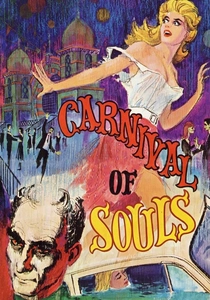
Carnival of Souls (1962)
Description: A haunting, dreamlike psychological horror film with sparse dialogue, eerie organ music, and a pervasive sense of alienation and unreality.
Fact: Made on a shoestring budget by industrial filmmakers. The abandoned pavilion scenes were shot at Saltair, a decaying resort on the Great Salt Lake.
 Watch Now
Watch Now 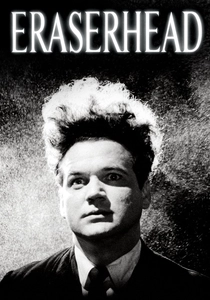
Eraserhead (1977)
Description: A nightmarish, surreal exploration of parenthood and alienation, filled with disturbing imagery and an overwhelming sense of unease.
Fact: The film took five years to complete due to budget constraints. The baby prop was made from a skinned calf fetus and required constant refrigeration.
 Watch Now
Watch Now 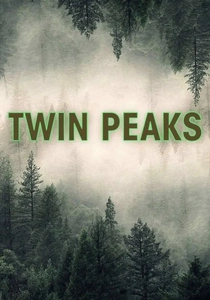
Twin Peaks (1990)
Description: Mixes small-town Americana with supernatural horror and psychological trauma, creating an unsettling atmosphere where nothing is as it seems.
Fact: The show's iconic red room sequences were inspired by a dream the creator had. The mysterious dwarf character speaks his lines backward, then played in reverse for filming.
 Watch Now
Watch Now 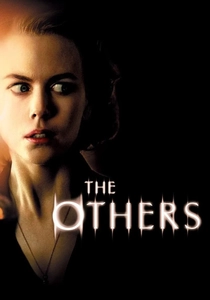
The Others (2001)
Description: A gothic psychological horror that builds tension through atmosphere and ambiguity, exploring themes of isolation and perception of reality.
Fact: The entire film was shot using natural light and candles to maintain authenticity. It was one of the most successful Spanish productions at the time.
 Watch Now
Watch Now 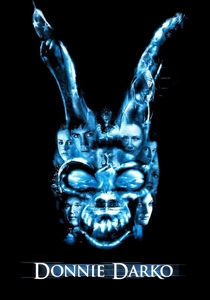
Donnie Darko (2001)
Description: Blends psychological horror with surreal storytelling, exploring themes of existential dread and distorted reality through a young protagonist's unsettling experiences.
Fact: The film's iconic rabbit mask was inspired by a nightmare the director had. It was initially a box office failure but gained a massive cult following through DVD releases.
 Watch Now
Watch Now 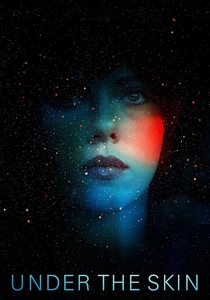
Under the Skin (2013)
Description: An alien perspective on humanity featuring surreal imagery, disturbing encounters, and a profound sense of otherness and detachment.
Fact: Many scenes feature non-actors who were unaware they were being filmed. The beach sequence was shot with hidden cameras capturing real reactions.
 Watch Now
Watch Now 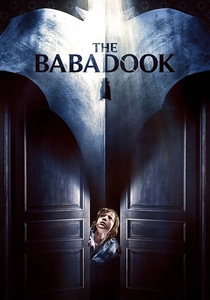
The Babadook (2014)
Description: Explores grief and mental breakdown through horror metaphors, featuring a child's disturbing perspective and a monstrous manifestation of trauma.
Fact: The pop-up book featured in the film was created by a children's book illustrator. The monster's design was inspired by early cinema villains like Nosferatu.
 Watch Now
Watch Now 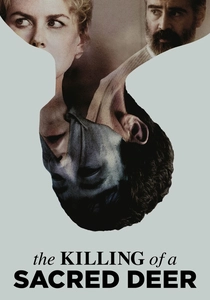
The Killing of a Sacred Deer (2017)
Description: A clinical, unsettling exploration of guilt and retribution with deliberately stilted dialogue, symmetrical framing, and mounting psychological tension.
Fact: The actors were instructed to deliver their lines without emotion. The title references the Greek myth of Iphigenia, which the plot loosely follows.
 Watch Now
Watch Now 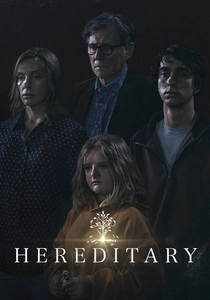
Hereditary (2018)
Description: A harrowing family drama disguised as horror, with meticulous framing, slow-building dread, and disturbing imagery that blurs psychological and supernatural terror.
Fact: The miniature models seen throughout the film were all handcrafted by the art department. The film's most shocking scene was shot in one continuous take.
 Watch Now
Watch Now 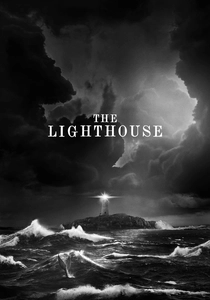
The Lighthouse (2019)
Description: A visually striking, atmospheric descent into madness, featuring isolation, psychological torment, and ambiguous supernatural elements shot in stark black-and-white.
Fact: The actors performed most scenes in a single take to maintain intensity. The film was shot on 35mm black-and-white film stock to achieve its distinctive look.
 Watch Now
Watch Now 








